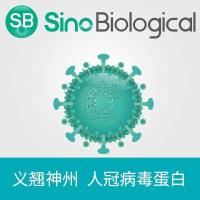Human Plasma Platelet-Activating Factor Acetylhydrolase
互联网
682
The human plasma platelet-activating factor acetylhydrolase (PAF acetylhydrolase, l-alkyl-2-acetyl-glycerophosphocholine esterase, l-alkyl-2-acetyl- sn -glycero-3-phosphocholine acetohydrolase, EC 3.1.1.47) is a phospholipase A 2 activity discovered by its ability to hydrolyze PAF in serum derived from IgE-sensitized rabbits ( see Fig. 1 , and ref. 1 ). The cloning and characterization of the plasma PAF acetylhydrolase ( 2 ) resulted in its classification as a group VII phospholipase A 2 , based on its substrate specificity, amino acid sequence, and calcium independence ( 3 ). This enzyme recognizes primarily one feature in phospholipid substrates: the type of acyl group at the second position of the glycerol backbone ( 4 ). For hydrolysis to occur, this group has to be no longer than nine methylene groups in length ( see Fig. 1 , and ref. 5 ). In addition, species containing sn -2 groups with oxidized terminal functions (i.e., an acidic or aldehydic group) are better substrates ( see Fig. 1 , and ref. 6 ). However, phospholipids containing long acyl groups at the sn -2 position, such as those found in plasma and organelle membranes, are not hydrolyzed ( 7 ). These combined features ensure that phospholipid components of cellular membranes and lipoproteins remain intact, while products of oxidation and fragmentation of these lipids are hydrolyzed. Thus, it would be more appropriate to refer to PAF acetylhydrolase as short/oxidized sn -2 phospholipid hydrolase.
Fig. 1









